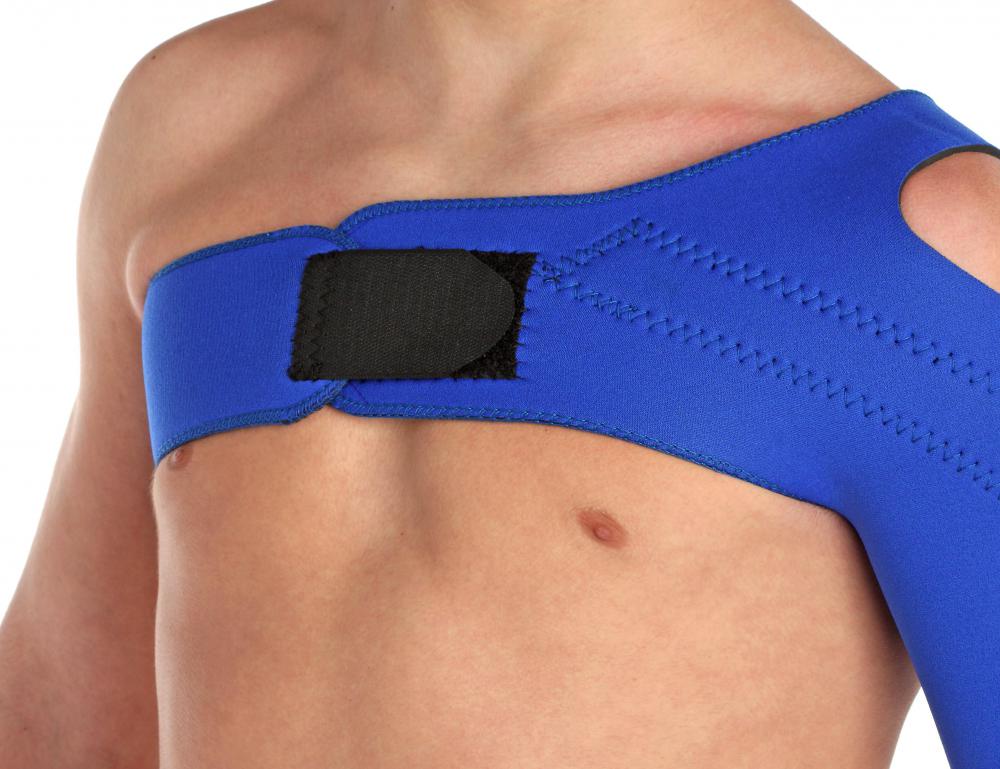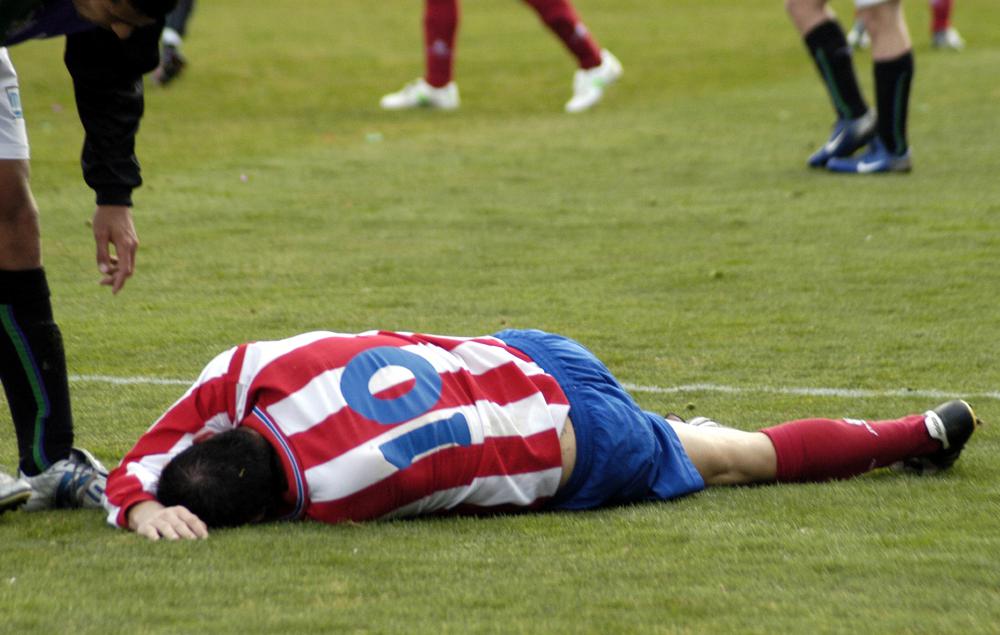At TheHealthBoard, we're committed to delivering accurate, trustworthy information. Our expert-authored content is rigorously fact-checked and sourced from credible authorities. Discover how we uphold the highest standards in providing you with reliable knowledge.
What is a Clavicle Fracture?
A clavicle fracture is a broken collarbone, which is medically identified as the clavicle. It is one of the most common types of shoulder injuries, especially among young people. There are a number a ways a person may fracture his or her clavicle. Often, the injury results from a fall. In an average case, conservative treatments work to heal this type of fracture, however, surgery may be needed to restore normal functionality in a severe fracture.
The clavicle, or collarbone, extends from the shoulder blade to the breastbone. In general, the ways in which a clavicle may become fractured can vary. Sometimes, the process of being born will result in a clavicle fracture in babies. In addition, young children and teenagers commonly get this injury because the the clavicle doesn't completely mature until late adolescence.

A hard fall directly on the shoulder is a common cause of a clavicle fracture in anyone. This may be done by a simple random fall or while taking part in an activity such as sports. Athletes, in particular football, soccer and basketball players and wrestlers, commonly suffer from clavicle fractures. A bone fracture of this kind may also be due to an accident. For instance, individuals involved in motor vehicle accidents in which the shoulder is traumatized may also have this type of fracture.

Typically, a person with a clavicle fracture will have severe pain as the foremost symptom. He or she may also have trouble moving the shoulder and arm. Sometimes there will be a visible bulge or displacement in the collarbone, and if the fracture results in bone piercing through the skin, this will of course be noticeable as well. Frequently, the fracture will cause a significant amount of tenderness and bruising of the area. In many cases, one person may have all of these symptoms, while symptoms of a less severe fracture may not be as profound.

A standard X-ray may be all the testing needed to diagnose a clavicle fracture. If additional tests are needed to find particular information about the degree of the fracture, a computerized tomography (CT) scan may be needed. Once a diagnosis is made, treatment may be given in a variety of ways.
Clavicle fracture treatment may include such conservative measures as applying ice packs to reduce collarbone swelling. A pain reliever may be regularly used to ease discomfort and inflammation in the area as well. Resting the shoulder and arm is commonly mandatory and some doctors may recommend wearing a sling to immobilize the injured area. In certain cases, severe clavicle fractures may be treated through surgery, and at times rods and screws will be used to repair the broken bone.
AS FEATURED ON:
AS FEATURED ON:















Discuss this Article
Post your comments